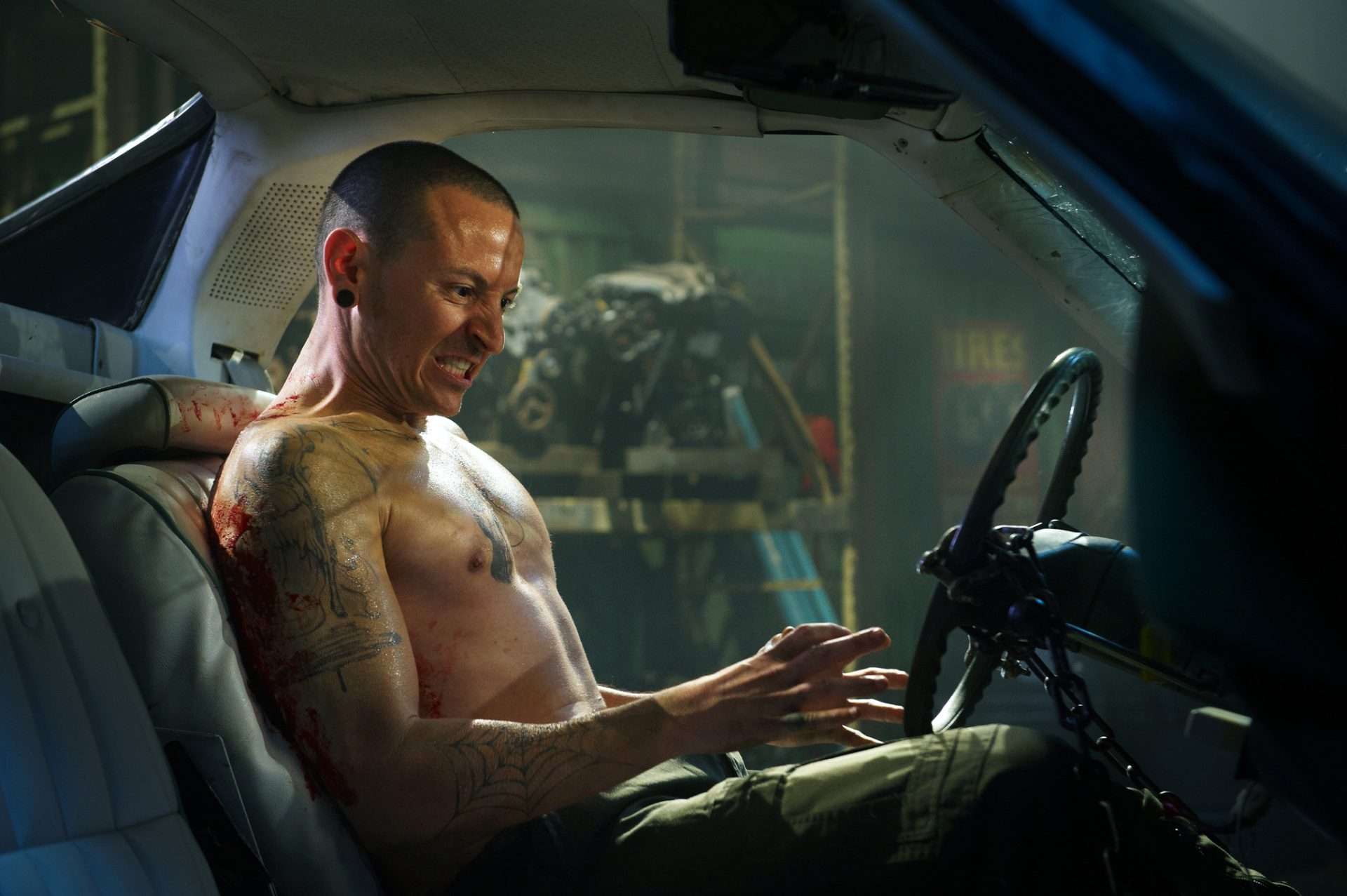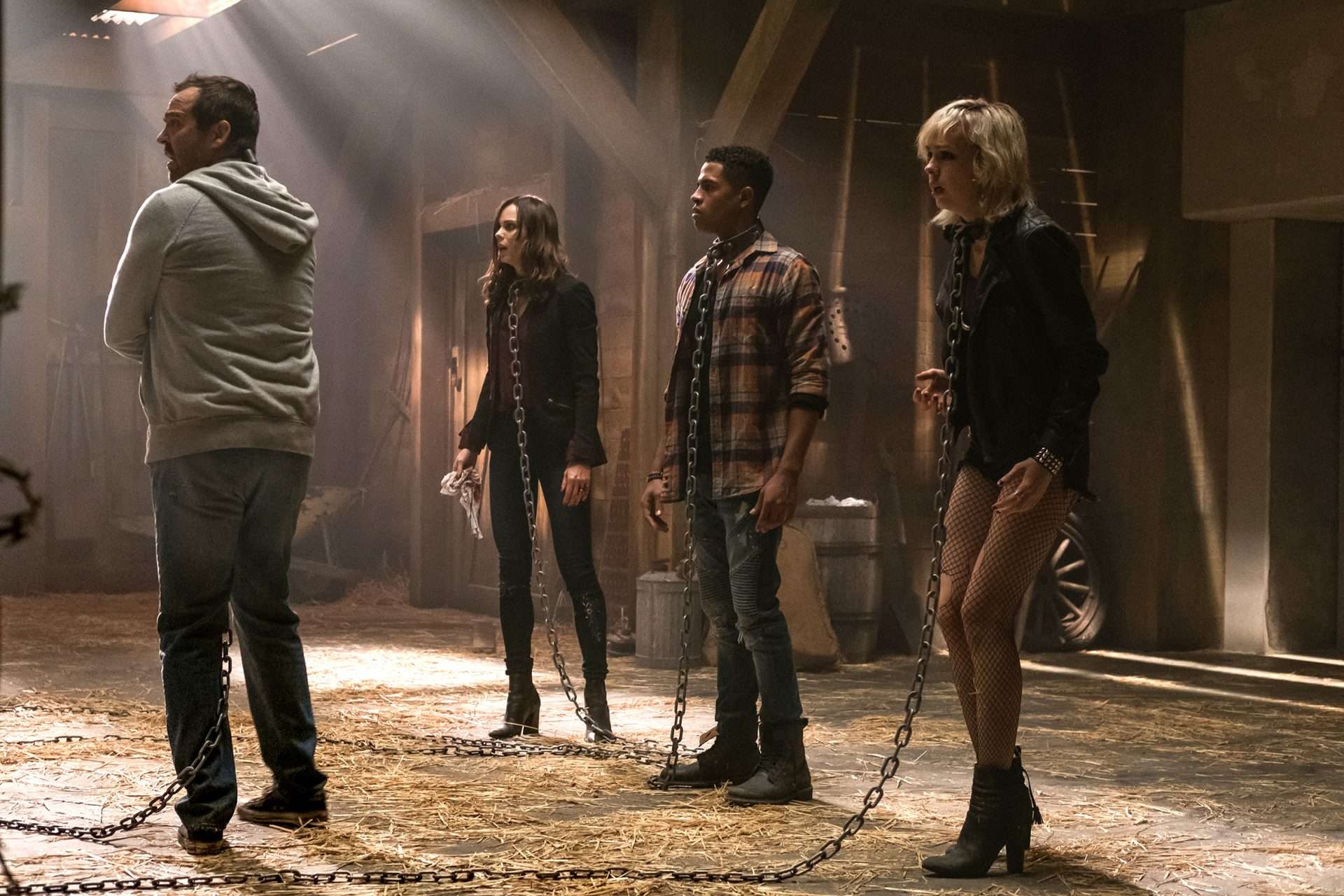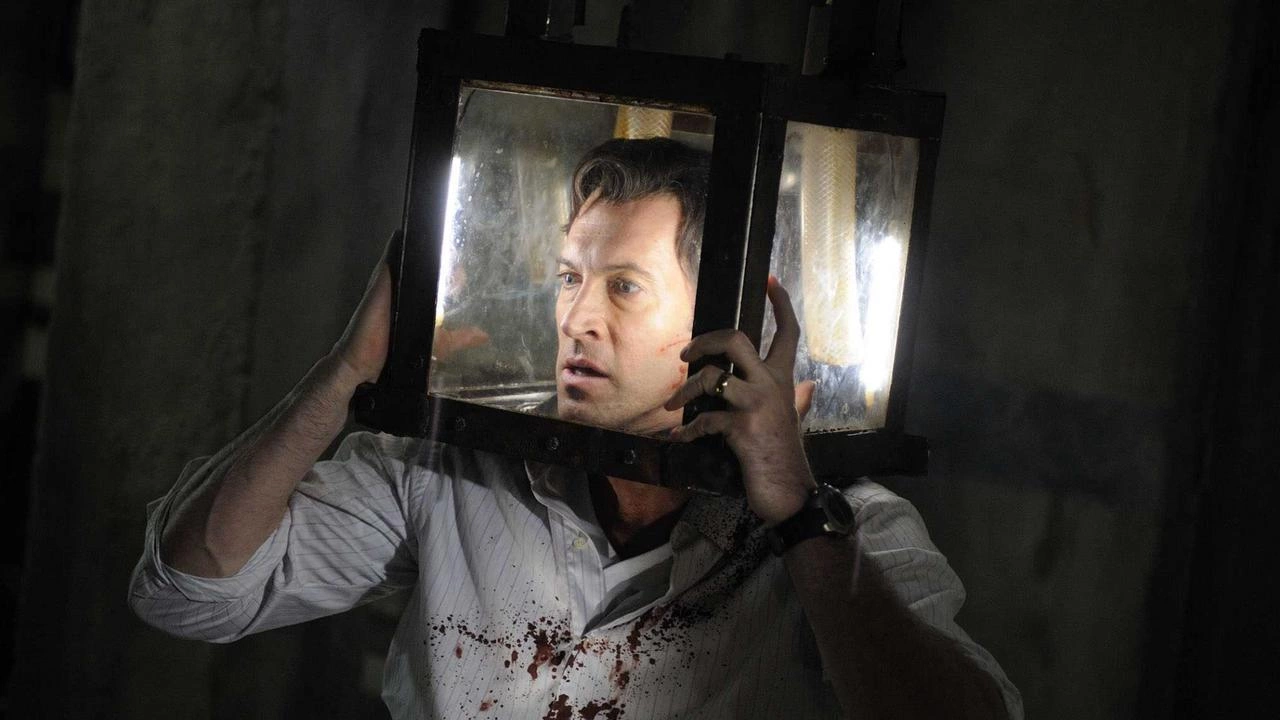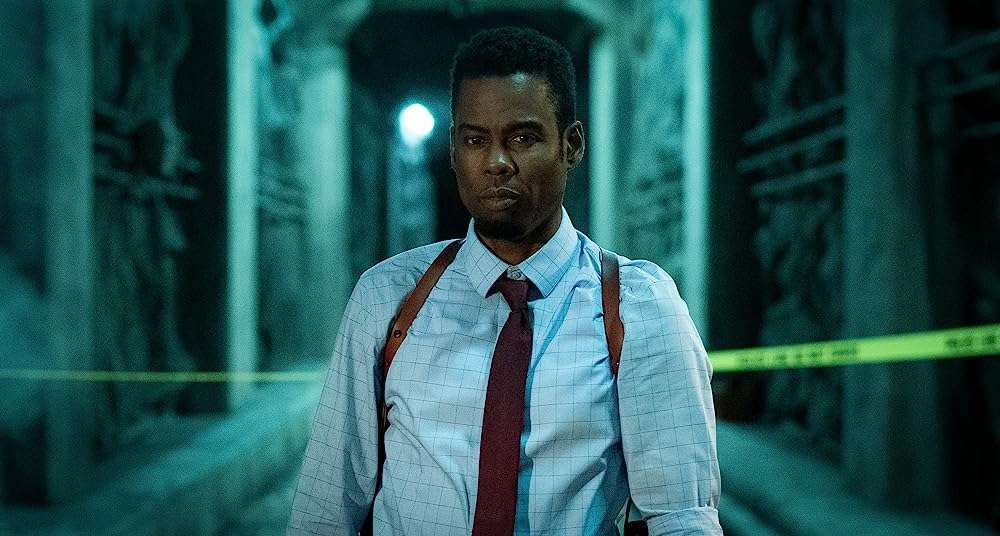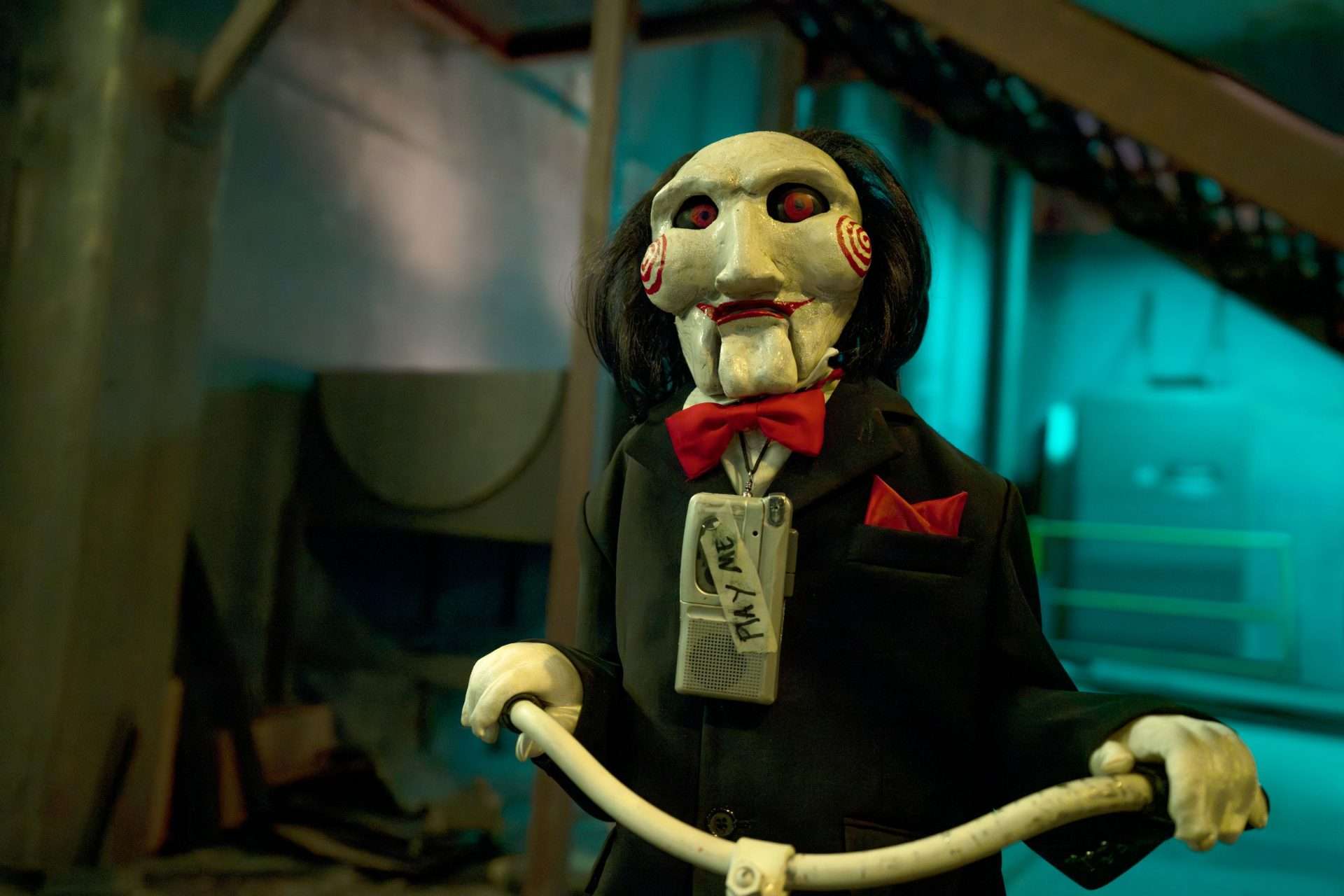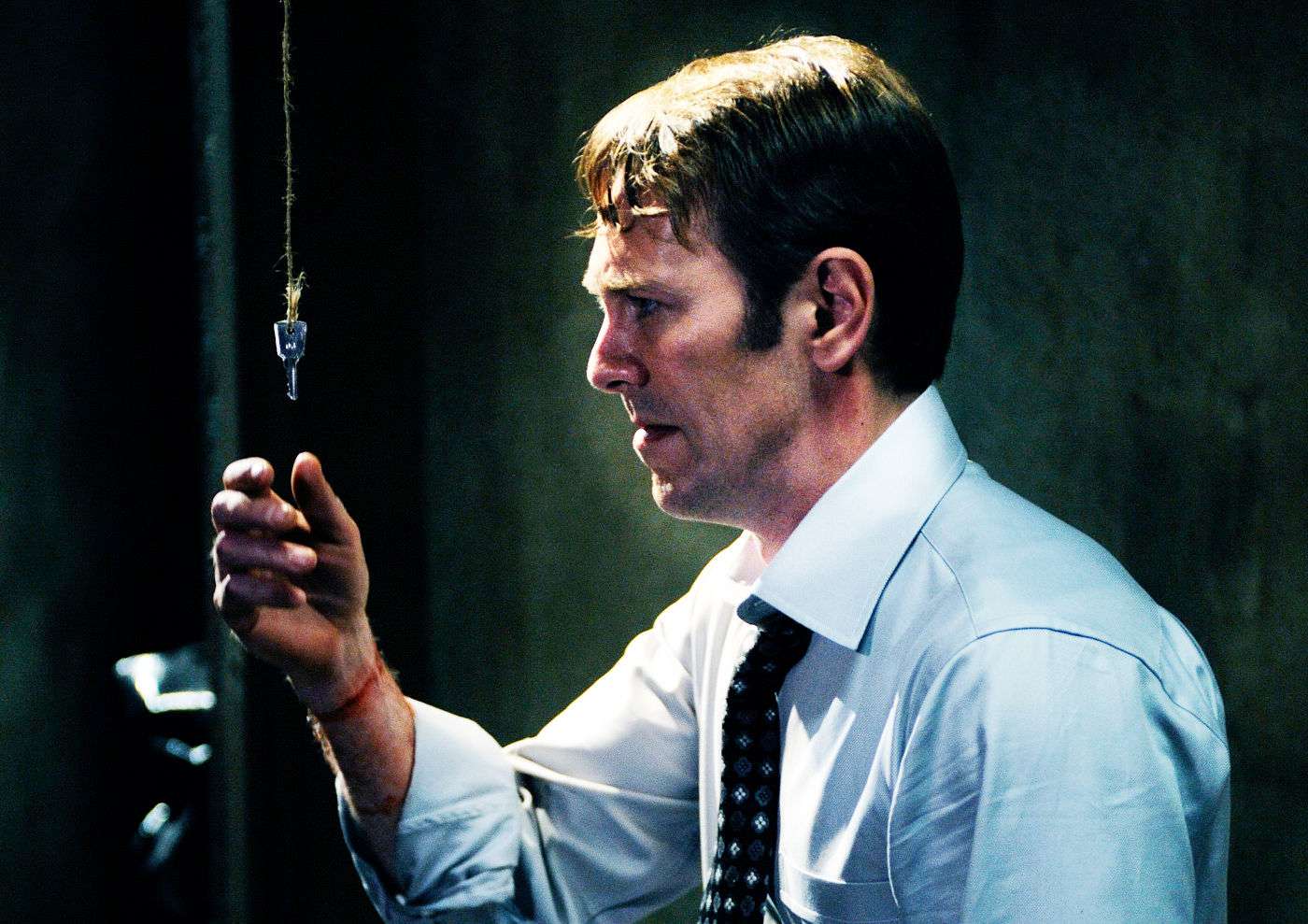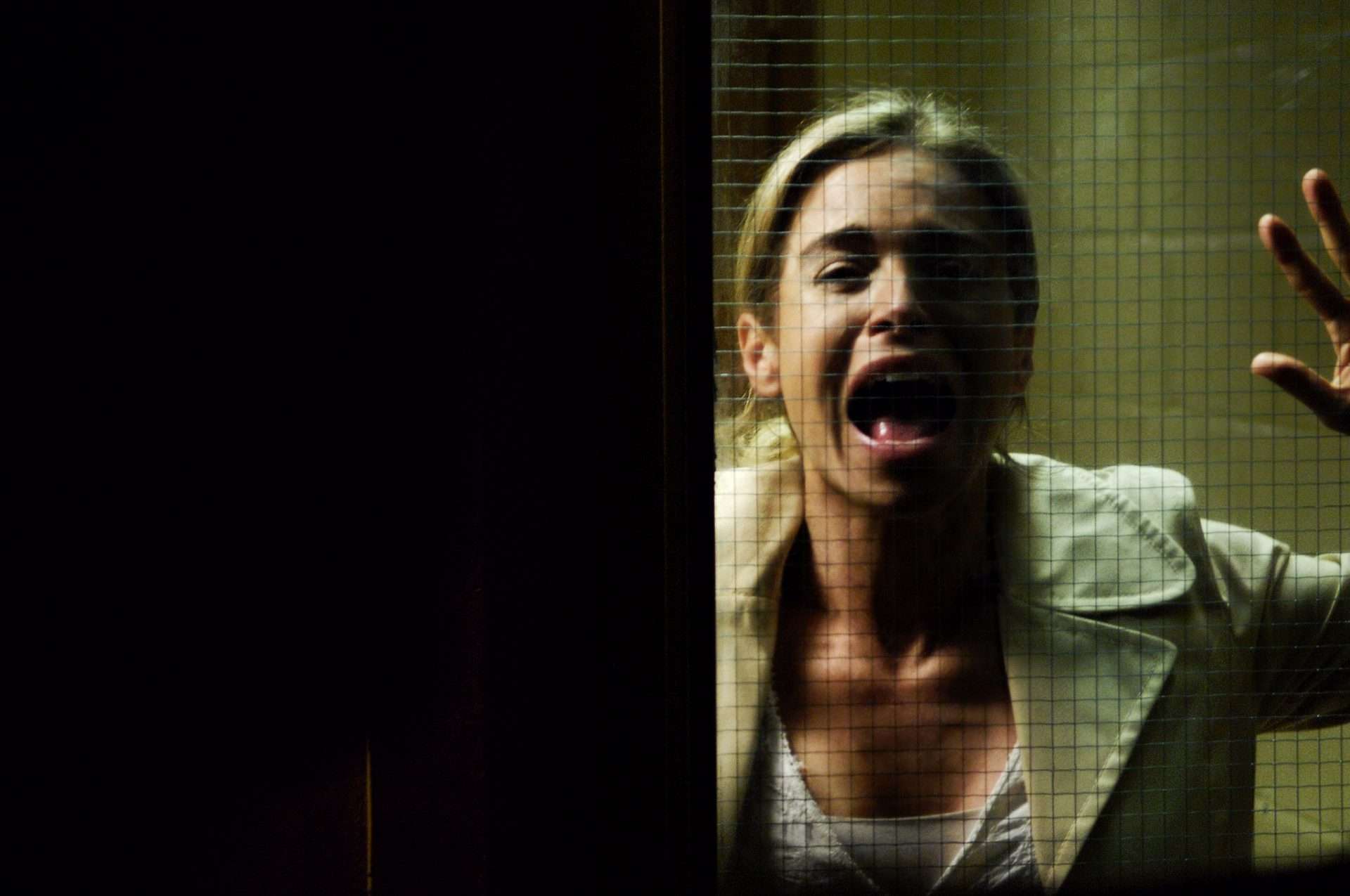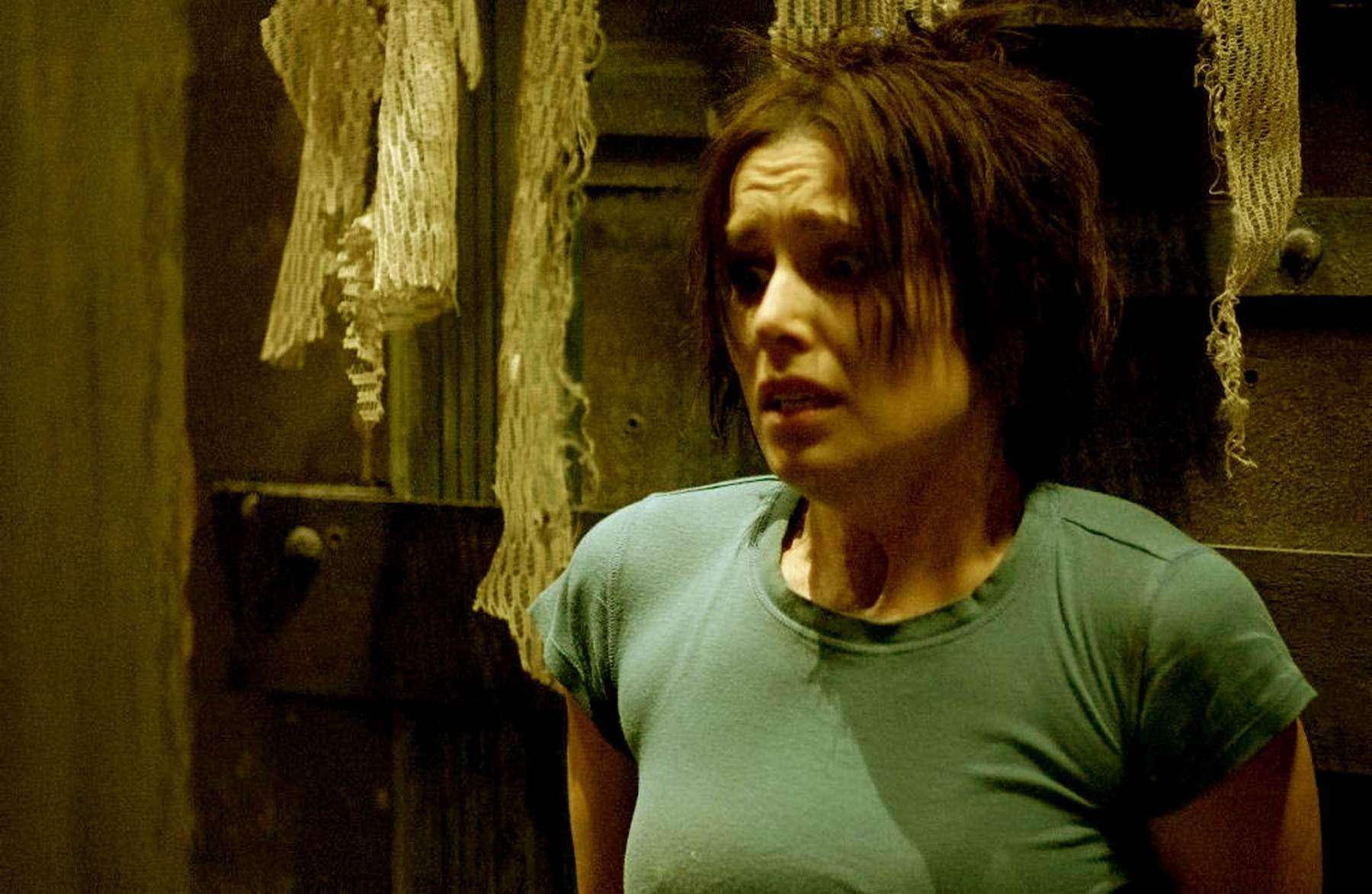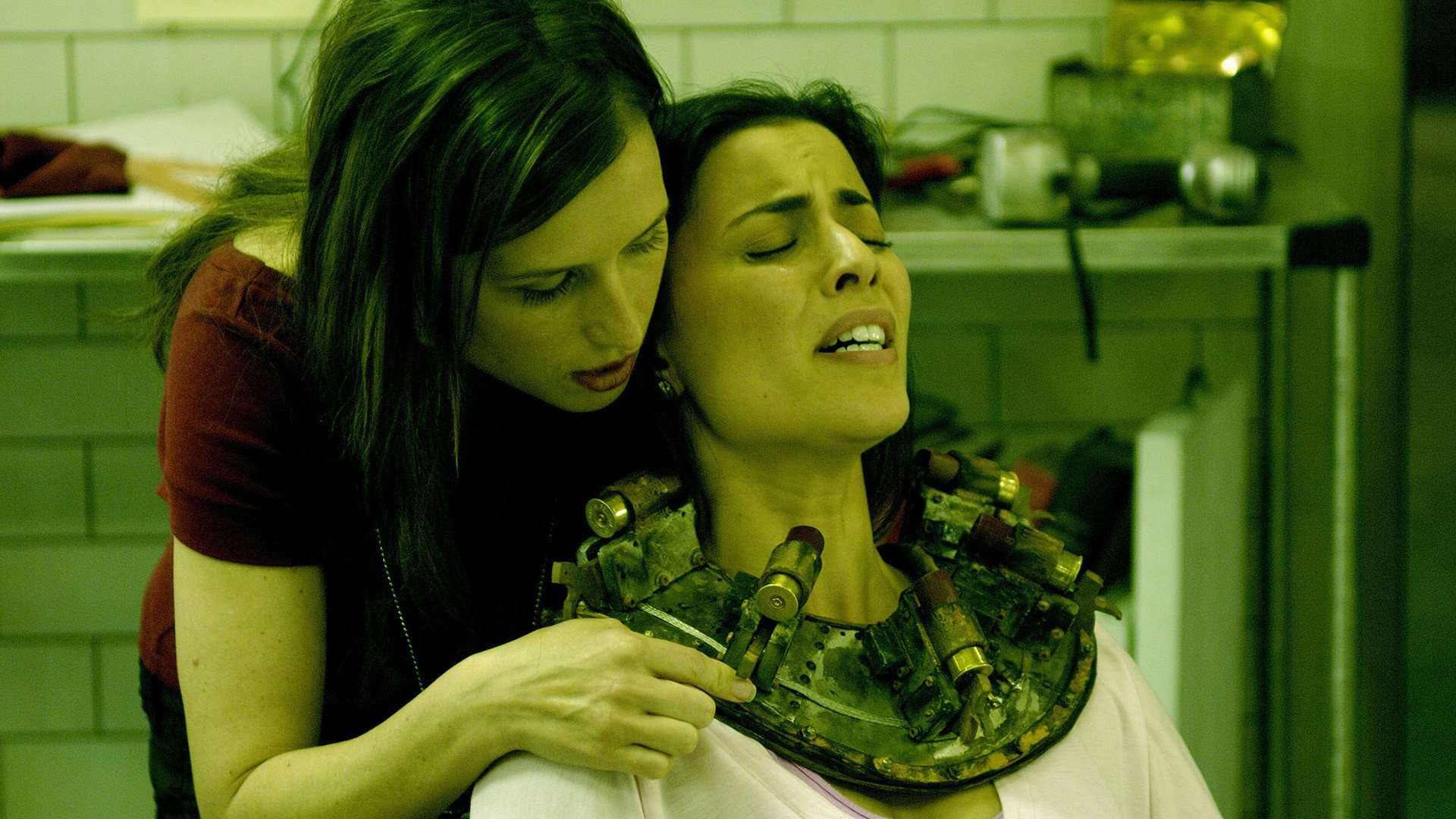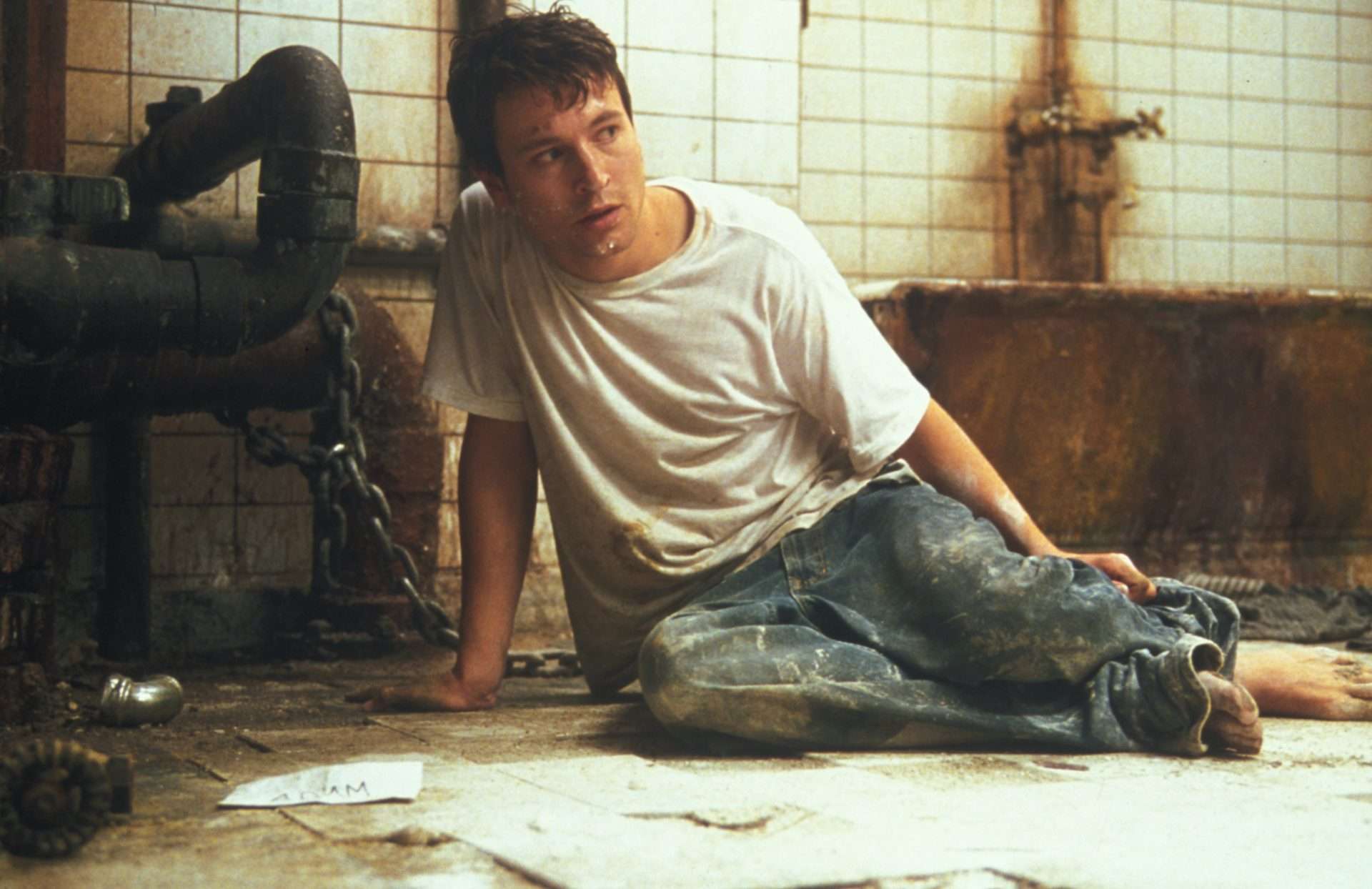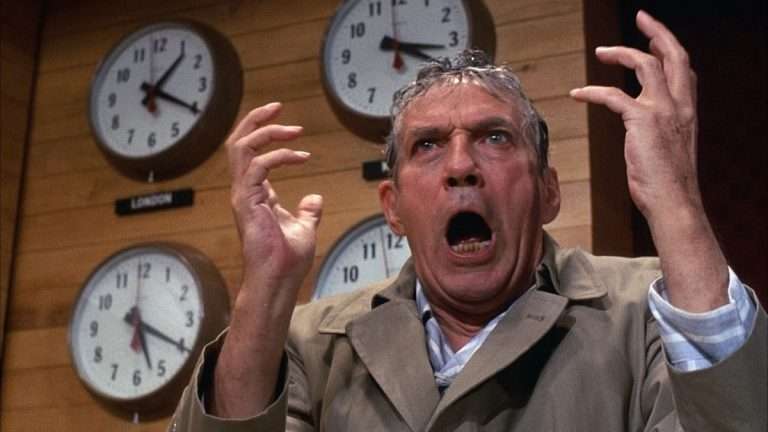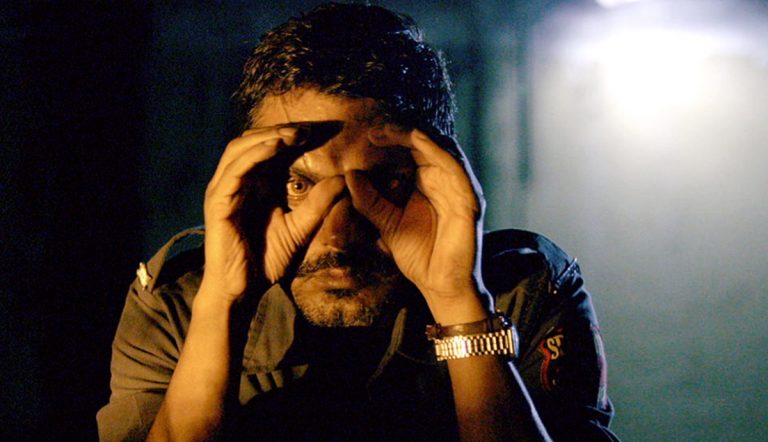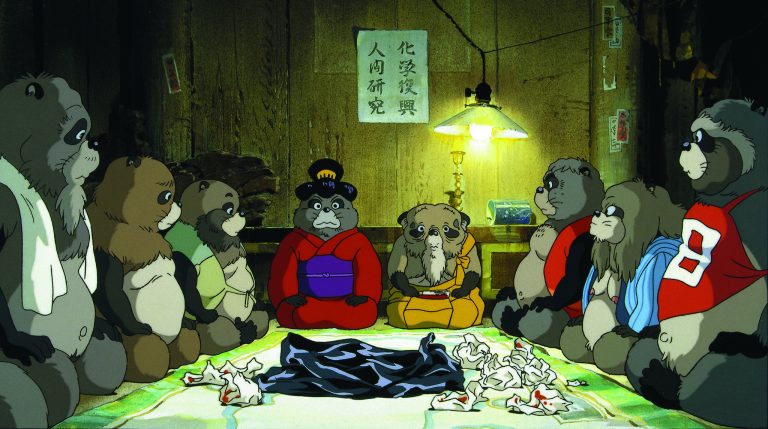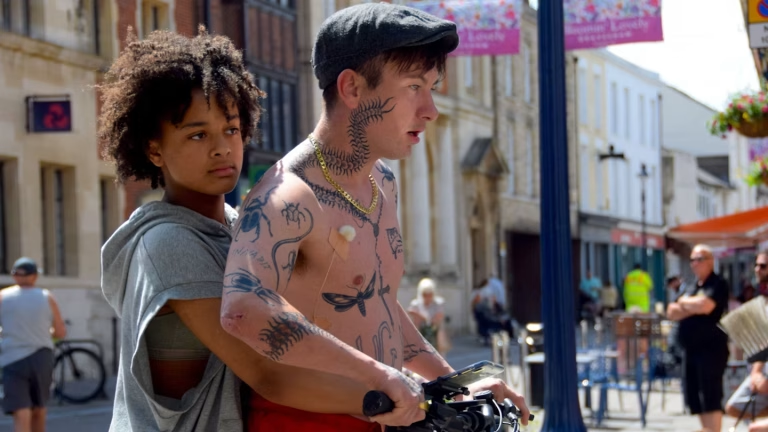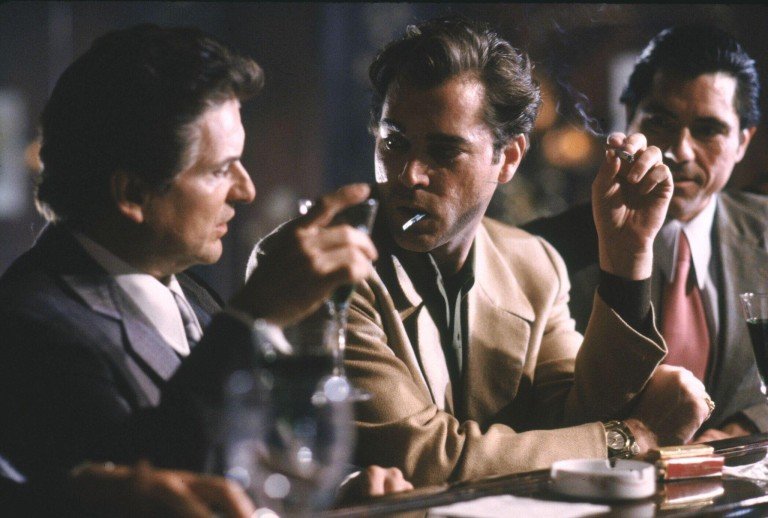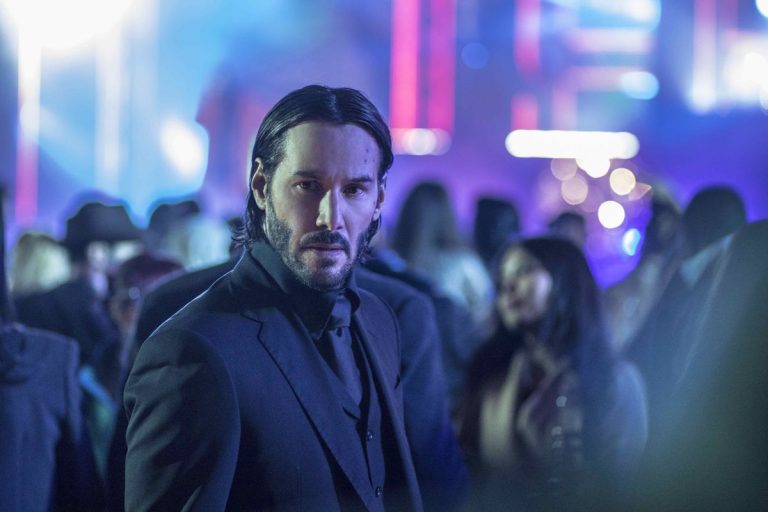The Saw franchise has always been the bratty little brother of the more prestigious horror series, such as A Nightmare on Elm Street or Halloween. No, the Saw movies are more like the Friday the 13th movies, often cheap, nasty, and seemingly never-ending. Indeed, in that spirit, and to celebrate the release of Saw X – the tenth film in the franchise – here is a list ranking all the Saw movies from worst to best. There will be blood. There will be overly convoluted plotting. And there will undoubtedly be various depraved and delectable torture devices. Buckle up… and of course, spoilers ahead…
10. Saw 3D (2010)
It is a good general rule of thumb that when a franchise reaches for 3D technology, it is about to hit its nadir. Jaws 3-D. Freddy’s Dead: The Final Nightmare. The Final Destination. Need I go on? Saw 3D is not an exception to that rule. Despite stretching out the Mark Hoffman/Jill Tuck storyline to breaking point and bringing Cary Elwes back to reprise his role as Dr. Gordon from the first movie, Saw 3D never feels like anything more than a cheap cash-in. The fact that this film killed the franchise for seven years is a testament to its lack of quality and further proof that anything with ‘3D’ in the title should be swerved at all costs.
Dr. Gordon is not the only comeback in Saw 3D. We also have the return of the infamous reverse bear trap from the first movie, but we see it in action this time. The result is a mostly depressing scene drowning in bad CGI and laughable 3D technology. In many ways, it is a scene that is representative of the film as a whole.
9. Jigsaw (2017)
A new game has begun, but with the Jigsaw Killer John Kramer long dead, the cops try to solve this latest gruesome puzzle before more bodies turn up grotesquely mutilated. The problem with Jigsaw is that if it were released as just another Saw sequel back in 2011, it would have been a slightly underwhelming but worthy addition to a franchise that had always produced diminishing returns. However, the seven-year gap between Saw 3D and Jigsaw raised expectations, and the latter categorically did not meet those expectations.
I won’t mention the cast because they are all interchangeable, badly written characters. The clunky script beats any semblance of actual acting out of the performers. The main problem with Jigsaw is not the script or the actors; it is the fact that we have seen all of this before. Saw movies have always been renowned for their prestigious death sequences, but the death sequences here felt tired and lacking a spark—another disappointment.
Also, Read – Jigsaw (2017) Review: Unnecessary. Unwanted. Unwarranted.
8. Saw V (2008)
With this fifth entry, we have confirmation of Hoffman as the new Jigsaw killer and, unfortunately, the first big misstep in the franchise with the decision to bring agent Peter Strahm to the fore. Scott Paterson’s Strahm and Costas Mandylor’s Hoffman are too similar both physically and in terms of personality to the point where I genuinely struggle to tell them apart at times. There is only room for one gruff monosyllabic cop in town, and it should have been Mark Hoffman and Mark Hoffman alone.
Although Strahm being crushed between two walls at the climax is the most memorable death scene since the difficult-to-watch pig vat trap back in Saw III, it isn’t quite enough to save Saw V from mediocrity.
7. Spiral (2021)
Detective Zeke Banks (Chris Rock) is persona non grata in the unnamed police force he works for after he turned in his partner for shooting an innocent man. This is despite his father (Samuel L. Jackson) being the former chief of police. When cops start showing up dead, the new chief, Ange Garza (Marisol Nichols), assigns rookie cop William Schenk (Max Minghella) to help Detective Banks crack the case.
A film that unites the best Saw cast since the original, with the director of the wildly successful second, third, and fourth entries in the series, should be a winner. Instead, Spiral finds itself saddled with Josh Stolberg and Pete Goldfinger – the writing team behind the excretable Jigsaw. Spiral is an exercise in wasted talent and missed opportunities. What a shame.
6. Saw X (2023)
2021’s Spiral tried to do something different with limited success, and it felt at the close of that movie that the franchise was perhaps running on empty. Saw X is an attempt to return to the glory days of the first few movies, and the result is the best Saw film since Saw VI.
Taking place at some point between Saw and Saw II, Kevin Greutert’s tenth entry sees John Kramer (Tobin Bell) traveling to Mexico for experimental cancer treatment headed up by the seemingly prestigious doctor Cecilia Pederson (Synnøve Macody Lund). After the operation goes well, Kramer begins to suspect that all is not as it seems… Greutert is no stranger to the Saw franchise, having already directed the aforementioned Saw VI (which is great) and Saw 3D (not great).
Here, he reunites with Bell and Shawnee Smith’s Amanda Young – a wise move, as Kramer and Amanda have always been the most compelling characters in the franchise. It’s great to see these characters back together. In fact, Tobin Bell does justice to his big return with possibly his strongest performance in any Saw movie. The problem is the plot. It’s too predictable.
The big twists and turns, when they do come, arrive with a thud rather than a bang. Moreover, the supporting characters aren’t strong enough or memorable enough to carry the narrative during its weaker moments. Elsewhere, the traps are gruesome but lacking in imagination, and the general air of competence is a bad fit for a franchise that always does its best work when sliding off the rails. Saw X is one of the better Saw sequels. But it’s also one of the least fun. A tentative success, but bringing the gang back together could have been so much more exciting.
5. Saw VI (2009)
Saw VI has the main plot focused around William Easton—the man who denied Jigsaw health insurance upon hearing about his illness. While the Easton storyline is exciting and produces some of the best traps of the series (the shotgun carousel scene in particular), the tenuous link between Jigsaw and Easton grates slightly. Who is Jigsaw’s next victim? Someone who took his seat on a train in 1993? A man who once wore the same t-shirt as him at a party?
The subplot of Hoffman and Jigsaw’s wife, Jill Tuck, continues the linear feel of the previous films nicely, and the climax of Saw VI is genuinely one of the most intense conclusions in the entire franchise as Hoffman mutilates himself to survive while death, destruction, and chaos reign around him. Iconic.
4. Saw IV (2007)
Saw IV brings with it a lot of things that would become criticisms in the later sequels. Overcomplicated plotting, poor acting, and the feeling that the Saw movies now exist solely to provide a platform for the increasingly elaborate and brutal traps. From Saw IV onward, the plotting is complicated. This is not to mask the lack of ideas, however. When watched back to back, it becomes clear that there is an ambition in the writing that is so often missing from horror films.
Even though only a year separates each Saw sequel, the plot is so hard to follow, and so many new characters are introduced that many viewers are alienated. The story makes sense only when watching the films back to back, and the franchise blooms like a grotesque rotting flower.
3. Saw II (2005)
Released a year after the original, Saw II introduced a change in tone but carried on with a linear story and was the introduction of the ‘House of Horrors’ style set-up that would come to frame the rest of the franchise. As the protagonist, Donnie Wahlberg holds Saw II together in many ways, although Shawnee Smith’s Amanda comes to the fore. Moreover, this is the first film in the franchise where we get a good look at Tobin Bell as Jigsaw.
Bell, Smith, and Wahlberg ensure that Saw II is a worthy sequel. The gloomy, psychological horror from the original is replaced by a nastier and more brutal feel – almost like an episode of Crystal Maze as imagined by Edgar Allen Poe, with the emphasis vigorously swinging away from the characters and towards the elaborate traps.
Saw II would set the blueprint for the rest of the franchise. A group of strangers wake up in a strange place and must perform several barbaric tasks to escape, or one person encounters a series of traps populated by people from their own lives. If it ain’t broke, put a reverse bear trap on it.
2. Saw III (2006)
Saw III is the strongest of all the sequels, with Angus Macfadyen and Bahar Soomekh excellent as Jeff and Lynn Denlon, respectively. The strong performances from both actors, the continued presence of Bell, Smith, and Wahlberg, and the superb plotting and breathtaking plot twists almost put Saw III on par with Saw.
The ending of Saw III is a genuine tour de force, with Jeff and Amanda failing their tests, resulting in the iconic deaths of both Jigsaw and Lynn Denlon. The rest of the Saw franchise would struggle and ultimately fail to match up to Saw III.
1. Saw (2004)
The original Saw was a game-changing classic. While introducing the concept of torture porn to the world is a dubious accolade, there can be no denying just how influential this film was upon release in 2004. In a dark and troubling post-9/11 world, Saw offered the chance for people to work through their pain and trauma in a cathartic and original way.
It helps that Saw had a great cast. Danny Glover is an acting legend. Cary Elwes impresses playing against type as Dr. Gordon, and franchise co-creator Leigh Whannell’s Adam is charismatic and likable, even if Whannell’s acting is a little rough around the edges.
Saw ushered in a new age of mainstream horror cinema. Something nastier. More abrasive. And for that, it will go down as a classic of the genre.

